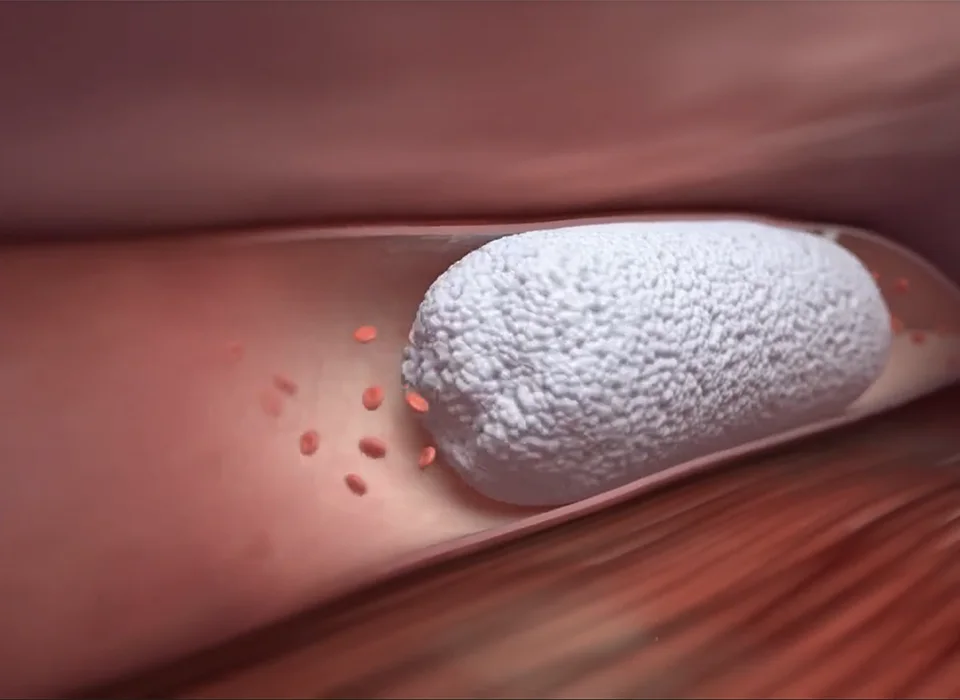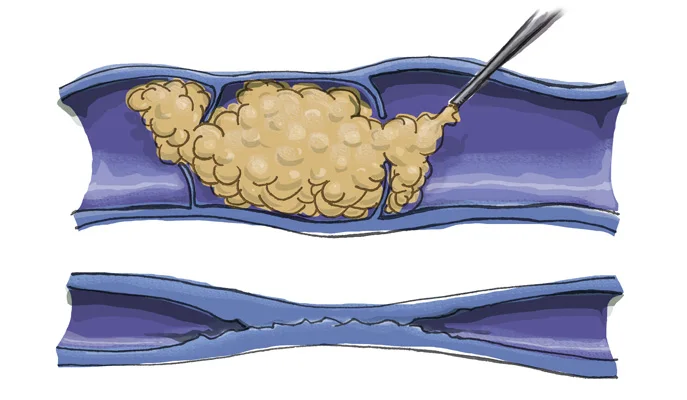
Chronic venous insufficiency (CVI) is an inflammatory condition caused by long standing, untreated venous reflux disease. Commonly, venous reflux disease causes a collection of symptoms such as leg swelling, heaviness, fatigue and varicose veins. But, over time, when blood is no longer circulating properly in the leg veins, skin changes can also appear. When skin changes appear, this is termed, chronic venous insufficiency (CVI). Venous stasis is another term used for this condition. Chronic inflammation from CVI causes the skin around the ankles to darken, become dry, itchy, and firm. In severe cases, the skin can start to break down and ulcerate. The ulcer (wound) occurs in the inner or outer ankle and is also referred to as a stasis ulcer or venous ulcer.
Chronic Venous Insufficiency is also known as venous stasis, or venous incompetence. Venous reflux disease refers to ‘leaky valves in the veins of the legs. Reflux may occur in the deep and/or superficial leg veins. The deep veins are those within the muscle; they bring at least 80-90% of the blood from the legs back to the heart. The superficial veins are outside of the muscle and under the skin. The main superficial veins are the Great Saphenous Vein that courses up the middle of the thigh and calf and the small saphenous vein, which courses up the back of the calf. Normally, there are one-way valves within the leg veins, which help blood flow in one direction: toward the heart. This means blood is traveling against gravity. The calf muscle also helps move blood toward the heart. When vein valves are leaky, blood flows backward (reflux) towards the feet. Blood pools in the lower legs, causing bulging veins at the surface. Symptoms include leg heaviness, leg fatigue, leg pain, ankle swelling, phlebitis (inflamed and painful veins) , restless legs at night, and night cramps. Venous reflux disease is progressive and worsens over time. Skin changes may also develop, including darkening of the skin around the ankles. The darkening of the skin is sometimes referred to as skin changes. The skin can become dry and itchy (venous eczema). Eventually, the skin can break down causing a wound, called a venous leg ulcer.
Although treatment cannot reverse existing skin changes in CVI, it can forestall further degradation and ulceration. Addressing the underlying venous reflux diminishes inflammatory changes, potentially alleviating itchiness and dryness. Yet, persistent skin discoloration might endure despite successful reflux treatment. Central to treatment is rectifying the underlying venous reflux.
Venous leg ulcers, a potential outcome of severe CVI, demand a comprehensive healing approach. Treatments may involve:
A comprehensive ultrasound examination determines the precise location of the underlying reflux, whether in the saphenous veins, perforator veins, tributaries, or deep veins, guiding the appropriate treatment trajectory.
Chronic Venous Insufficiency entails complex implications for those affected. Armed with understanding the condition, its symptoms, and available treatments, individuals can make informed health decisions, navigating the path to wellness.





